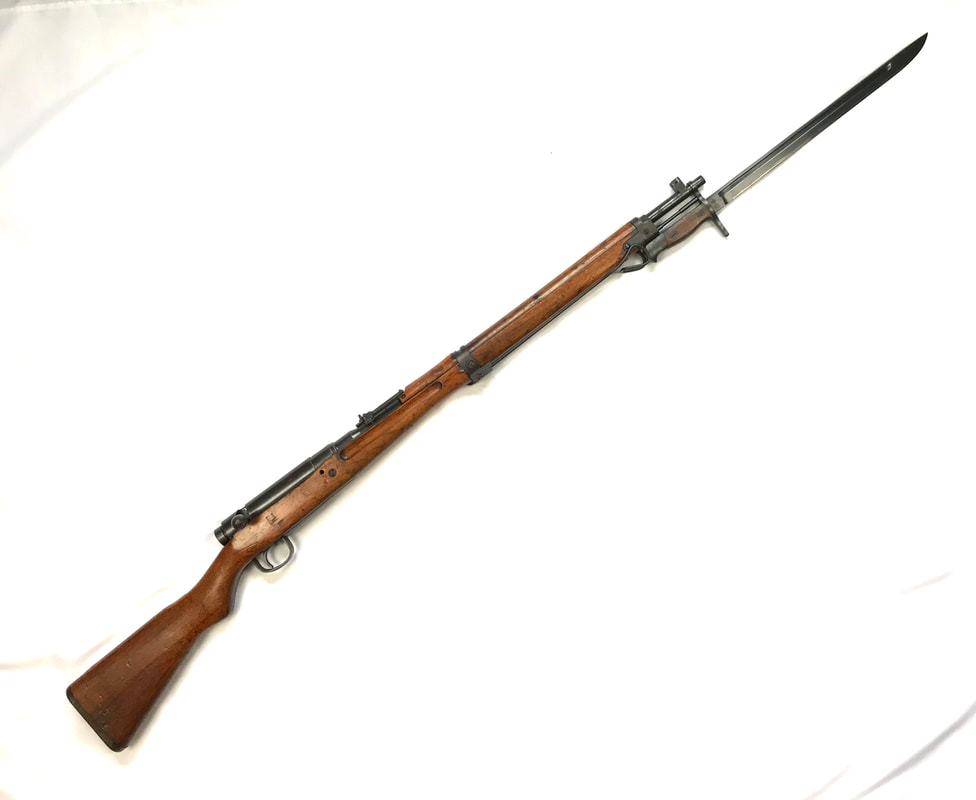|
On this day in 1944 U.S. Soldiers and Marines encountered the largest Banzai attack of the Second World War. Approximately 4,000 able-bodied Japanese Soldiers, followed by their walking wounded, surged out of their positions and towards the American forces that were steadfastly working their way across the island of Saipan. With fixed bayonets and flags waving they sought to annihilate the American invaders in close combat.  While the charge had some initial success, fierce American resistance ultimately defeated the suicide attack. The toll on both sides was horrific, with 2,949 Americans being killed and a further 10,464 wounded. The Japanese count was even more shocking, with almost the entire garrison of 29,000 being killed. Even at this time, with only a little over 13 months left in a losing war, Japanese forces largely refused to surrender and would either fight to the death or kill themselves instead. Unfortunately, this zealotry also extended to some of the island’s civilian population, with over a thousand committing suicide. Only continued battlefield defeats, increased privation, and Allied propaganda efforts would eventually convince some Imperial Japanese Soldiers that life in temporary captivity was preferable to certain death. A common weapon that would have been in the hands of the Japanese Soldiers on the island is the Type 99 Arisaka Short Rifle. Chambered in 7.7x58 and introduced in 1939, the rifle was intended to replace the WW1 era Type 38 rifles still in widespread usage. Wartime demand prevented a complete replacement however, and Japan went to war with two different standard rifles in two different calibers. While both the T99 and T38 are solid examples of early 20th century bolt action military rifles, the Type 99 has some features that make it stand apart. Most importantly, the bore is chrome lined in order to prevent corrosion and aid in cleaning (a significant feature at the time). Early and mid-war rifles, such as the one pictured, also feature a folding monopod and a reciprocating dust cover. While much maligned by modern day collectors, they do actually serve a purpose and are not nearly as useless as Arisaka haters would have you believe. A perhaps silly addition is the inclusion of folding wings on either side of the rear sight. These are designed to allow a group of riflemen to target aircraft (presumably low and slow flying ones) by applying a proper lead and loosing shots en masse . While novel and theoretically of use, I haven’t come across any evidence that this ever actually worked on the battlefield. As the war dragged on for Japan, material became scarce and it became important to pump out as many weapons as quickly as possible. Due to this a Substitute Standard was instituted, and later Type 99s became progressively simpler and cruder (although no less effective at sending rounds downrange). Keep an eye out for an upcoming post about some of the corners that were cut!
0 Comments
Leave a Reply. |
Jon K.Weapons collector, history buff, Army officer, Pug enthusiast. Archives
December 2020
Categories
All
|







 RSS Feed
RSS Feed
